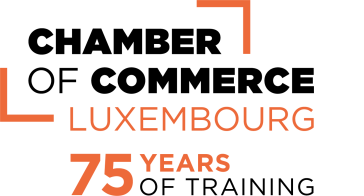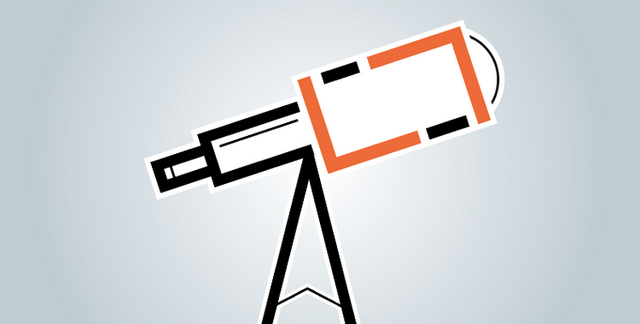
“SimplifyLux” - “Project Prevention”

I. Synopsis and key findings
In 2012, the European Commission (the “Commission”) proposed to recast the 2000 Insolvency Regulation[1] in order to address the cross-border aspects of insolvency in the EU. Adopted in 2015, the recast regulation[2] introduced clear rules on the jurisdiction and law applicable to a debtor's insolvency proceedings and made mandatory the recognition of those proceedings in other EU Member States.
In late 2016, as a further step and as a follow up to the Insolvency Recommendation of 2014[3], the Commission proposed to adopt a directive on business restructuring, which would provide new legal tools to rescue viable businesses in distress and give honest but bankrupt entrepreneurs a second chance[4].
First of all, the authors of the legislative text chose to focus on positively connoted terms such as “prevention”, “restructuring” and “second chance”, thereby imposing inter alia that every Member State should have a preventive restructuring framework available to debtors. The authors of this legislative proposal take account of the fact that “second chance” has become an important criterion in a number of international business rankings by including the concept into the draft directive. Thereby, one can hope that the aim of said legislative proposal is to focus on positive outcomes rather than on negative ones even in the event of an insolvency with the need of a restructuring procedure – that is, if measures foreseen by the legislation have not managed to prevent an insolvency in the first place. In our view, this equals a modern approach to the realities of entrepreneurship and the necessities of companies across the Union, comprising companies in distress which need even more than others legislative procedures with a positive focus that are easy-to-understand and easy-to-apply as well as fast.
Secondly, the legislative proposal places economic activity first and centers the restructuring activity on the debtor who should be enabled to prolong their economic activities in the best conditions possible and with the interests of the going concern of the company and the workers at heart. Since pursued economic activity is beneficial to the economy as a whole and therefore in the interest of all stakeholders, the important matter of handling creditor claims shall be reorganized according to the draft directive meaning that the restructuring of a company in distress shall not evolve solely around creditor claims but be based precisely on its economic needs and thus embrace a full picture, with all stakeholders’ interests at heart. In this respect, the legislative proposal under scrutiny can be seen as promoting the pursuit of economic activity as long as a business concept is still viable, thereby fostering business and – by means of streamlining national legislations across the Union - aiming at helping to remove barriers and obstacles hindering economic activity, free trade and consequently the deepening of the internal market.
Last but not least, the proposed directive is inspired by the US bankruptcy code and more precisely its Chapter 11 – a fact that allows for a more detailed study of restructuring processes with the debtor’s interests in focus which have already been successfully conducted.
II. Detailed analysis Click here to read more
[1] COUNCIL REGULATION (EC) No 1346/2000 of 29 May 2000 on insolvency proceedings
[2] REGULATION (EU) 2015/848 OF THE EUROPEAN PARLIAMENT AND OF THE COUNCIL of 20 May 2015 on insolvency proceedings
[3] COMMISSION RECOMMENDATION of 12 March 2014 on a new approach to business failure and insolvency (2014/135/EU)
[4] Proposal for a Directive of the European Parliament and of the Council on preventive restructuring frameworks, second chance and measures to increase the efficiency of restructuring, insolvency and discharge procedures and amending Directive 2012/30/EU: eur-lex.europa.eu/legal-content/EN/TXT/PDF/


